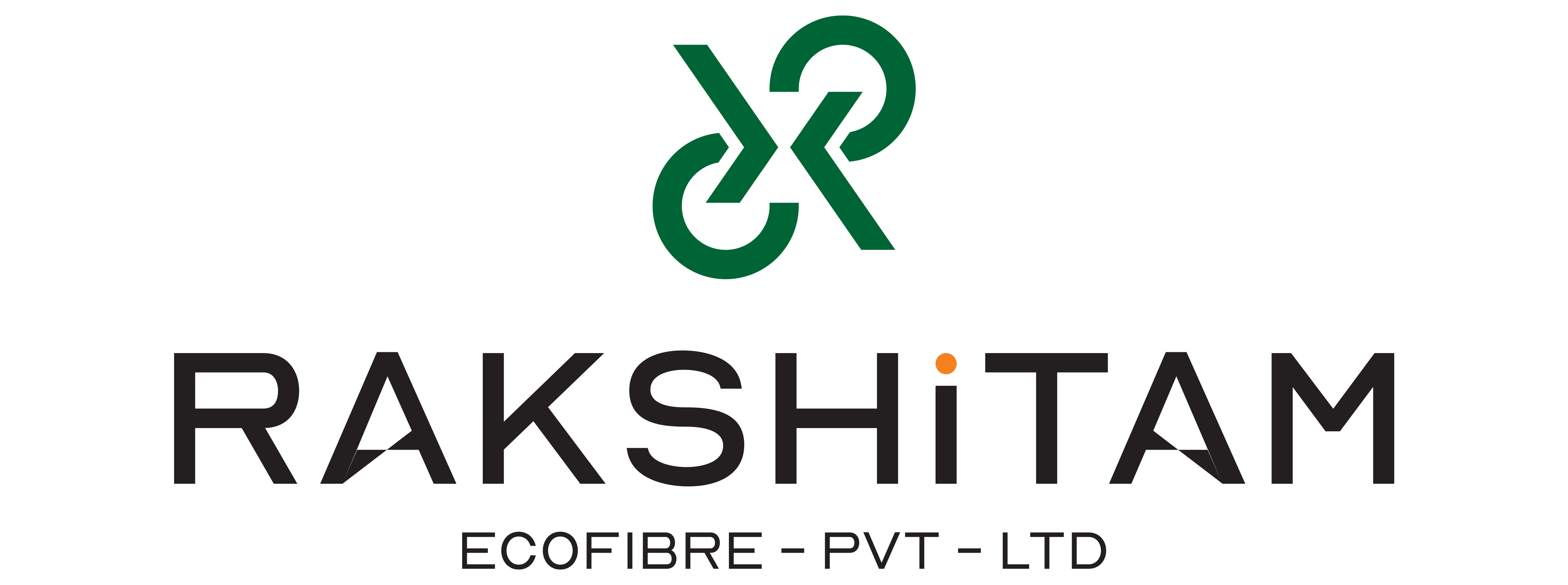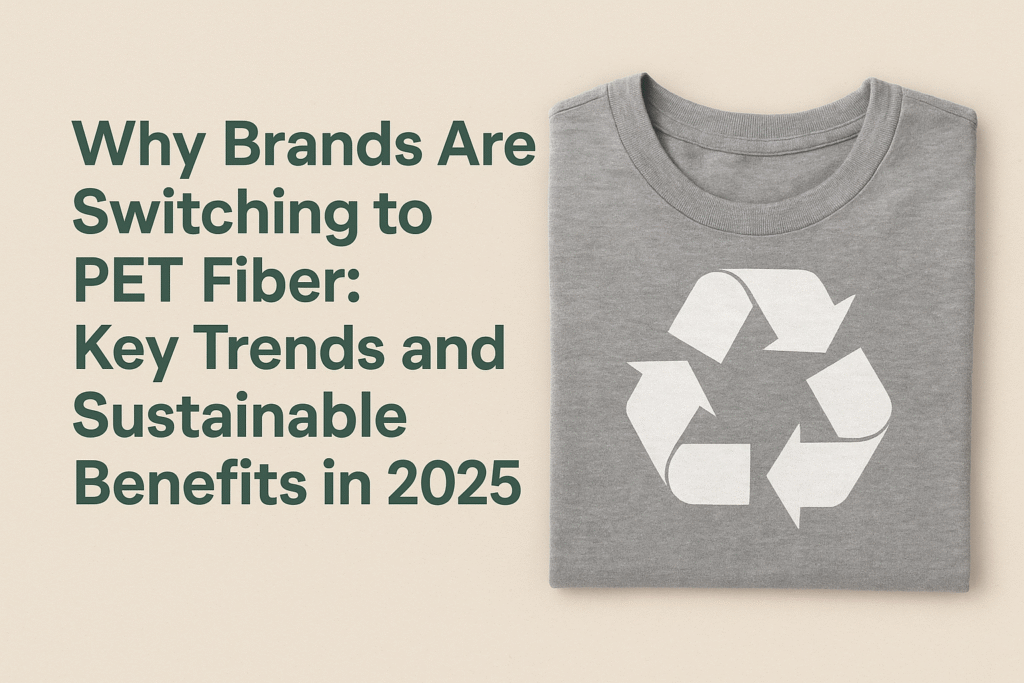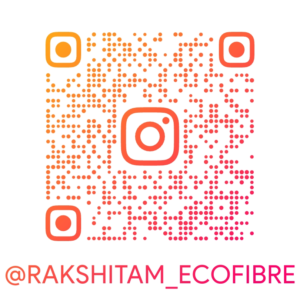With eco-consciousness on the rise globally, there has never been a greater need for sustainable fibers. Leaders in eco-friendly fabrics include Recycled Polyester Staple Fiber (RPSF) and Organic Cotton. But which of these is more sustainable and economical for your purchase or production requirements?
In this blog, I will detail the comparison between RPSF and Organic Cotton focusing on the impact on environment, processes of production, overall usefulness, and suitability across various sectors. If you’re a player in the textile sector, an eco-friendly fashion company owner, or simply an educated shopper, this conclusion will provide guidance useful for making a balanced choice.
What is RPSF?
Recycled Polyester Staple Fiber (RPSF) is obtained from post-consumer PET plastic bottles. These bottles are cleaned, shredded, and converted into polyethylene fur fibers by heating and polymerizing them, which has properties akin to virgin polyester.
Key Benefits of RPSF:
- Aids in decreasing the volume of plastic waste in landfills and oceans
- Requires substantially less energy compared to virgin polyester
- Offers superior strength, moisture resistance, and durability
- Is cost-effective for mass production in the textile industry
What is Organic Cotton?
Organic cotton is produced without any synthetic pesticides, herbicides, or GMOs. It is beneficial for soil health, the conservation of water, and ranch-friendly farming methods.
Important Considerations of Organic Cotton:
- Is free from any harmful toxic materials
- Uses less water compared to conventionally grown cotton
- Is safe for both consumers and farmers
- Breathable, biodegradable fabric
RPSF vs. Organic Cotton: An Ecological Comparison
1. Source of Raw Material
- RPSF: Comes from recycled materials, especially plastic PET bottles.
- Organic Cotton: Produced from organically grown cotton plants.
- Winner: Tie – Each side of the comparison is valid because RPSF makes use of waste while organic cotton avoids harmful substances.
2. Consumption of Water
- RPSF: The amount of water needed for its production is very low.
- Organic Cotton: Operates well with sustantial water savings, up to 91% when compared with traditional cotton. Nonetheless, some water is required for growing.
- Winner: RPSF – Extremely helpful in regions with water shortages.
3. Carbon Footprint
- RPSF: Uses half the carbon of virgin polyester but still relies on synthetic fibers.
- Organic Cotton: Comes with lower greenhouse gas emissions than conventional cotton, although there might be some due to farming logistics.
- Winner: Uses recycling, hence less energy-expensive overall.
4. Biodegradability
- RPSF: It is recyclable but does not biodegrade.
- Organic Cotton: Decomposes naturally over time.
- Winner: A natural fiber with the greatest breakdown potential.
5. Performance & Durability
- RPSF: Outstanding in activewear due to sprint strength, moisture-wicking, quick-dry, and other advantageous features.
- Organic Cotton: Soft and breathable, but offers less long-term durability when compared to synthetics.
- Winner: RPSF – Most effective for functional clothing and high-wear use.
Which Fabric is Better for You?
Recycled Plastic Soft Fiber (RPSF) is the optimum choice for you if your focus is on recycling waste plastic, creating durable textiles, or designing sportswear, insulation products, or filling materials.
Organic Cotton is the right choice for you if you prioritize natural fibers, biodegradability, or skin-sensitive apparel such as babywear and luxury bedding.
Also Read: How the PET Bottle Recycling Process Works Step-by-Step Guide
Final Thoughts
RPSF and Organic Cotton are significantly more eco-friendly than traditional textiles. Your selection is determined by your industry requirements and priorities regarding product sustainability and functionality.
If you identify as a manufacturer or brand aiming to incorporate these textiles into your supply chain, adopting either or both fabrics aids in reducing your carbon footprint, making them powerful steps forward.
Are you ready to embrace a greener future? Pick the fabric that best resonates with your values and those of your customers.







